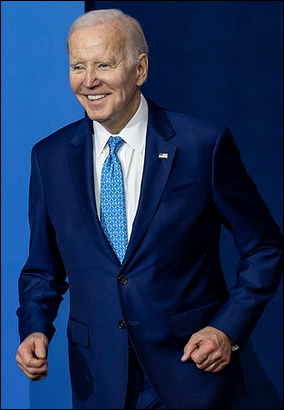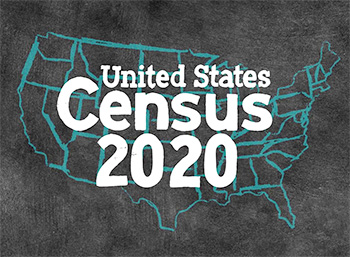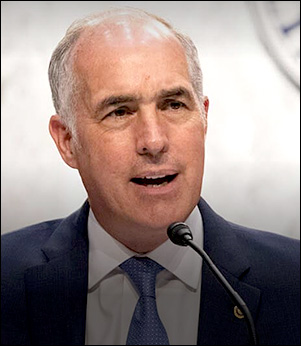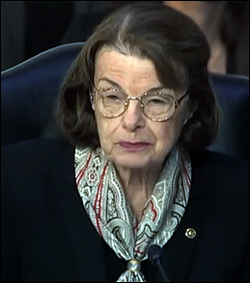By Jim Ellis — Wednesday, April 12
President
President Biden: Plans to Run — In an interview with NBC’s Al Roker, President Biden confirmed that he “plans to run” for re-election, though is not yet ready to make a formal announcement. It is again surprising that the 2024 presidential race on both sides is not coming into form more quickly. With no one launching a serious Democratic primary challenge to the President, he certainly is under no pressure to formally announce his re-election candidacy anytime soon.Donald Trump: Florida Congressional Endorsements — Former President Donald Trump continues to make inroads from Gov. Ron DeSantis’ home state of Florida. Rep. Cory Mills (R-New Smyrna Beach) announced his endorsement of former President Trump Monday, as did his colleague, Rep. Byron Donalds (R-Naples/Ft. Myers). Previously, Reps. Matt Gaetz (R-Ft. Walton Beach) and Anna Paulina Luna (R-St. Petersburg) had publicly announced their support of Trump.
Senate
Michigan: Ex-Police Chief Craig Looking Toward Senate — Retired Detroit Police Chief James Craig (R) had planned to enter the Michigan governor’s race in 2022 but failed to submit the required number of valid petition signatures. Now, reports are surfacing that Craig is considering entering the open US Senate race. At this point, Michigan School Board member Nikki Snyder is the only current or former Republican elected official to declare for the race. Rep. Elissa Slotkin (D-Lansing) is the most well-known Democrat to step forward.
Sen. Debbie Stabenow (D) is not seeking a fifth term. Democrats will be favored to retain the open Michigan seat, but another close election result is expected.
Pennsylvania: Sen. Casey Announces — Pennsylvania Sen. Bob Casey Jr. (D) indicated his re-election plans were on hold until he received a clean bill of health from his surgeon. Earlier in the year, Sen. Casey underwent surgery to treat prostate cancer. Apparently, the senator has received positive reports from his physicians, because on Monday he announced his re-election effort.
Sen. Casey, who is the son of the late former Pennsylvania Governor Bob Casey Sr., was first elected in 2006, defeating then-Sen. Rick Santorum (R). He was re-elected in 2012 and 2018 with 54 and 56 percent of the vote, respectively. He will again be favored to clinch a fourth term next year.
States
Ohio: No Labels Files Signatures — The No Labels organization is attempting to qualify for ballot position in many states with the goal of offering centrist candidates in various races, possibly including that of president. The entity has so far qualified for a ballot line in Alaska, Arizona, Colorado, and Oregon. Ohio Secretary of State Frank LaRose (R) announced Monday that the No Labels organization has petitioned for recognition in the Buckeye State. LaRose indicated that the signature verification process to determine if the group has met the state political party recognition requirement has begun.
Though the No Labels leadership — which includes former US senator and 2000 Democratic vice presidential nominee Joe Lieberman and former Maryland Gov. Larry Hogan as national co-chairmen — has so far indicated they are not looking to file a presidential candidate, both parties are wary that they might.
In different states, No Labels could hurt each party. It is also conceivable that Independent Sen. Kyrsten Sinema could run for re-election on the No Labels line since the party has qualified in her state of Arizona. The Arizona Democratic Party, however, has filed a lawsuit attempting to invalidate its status claiming the No Labels organization has not completely fulfilled Arizona’s legal requirements.







